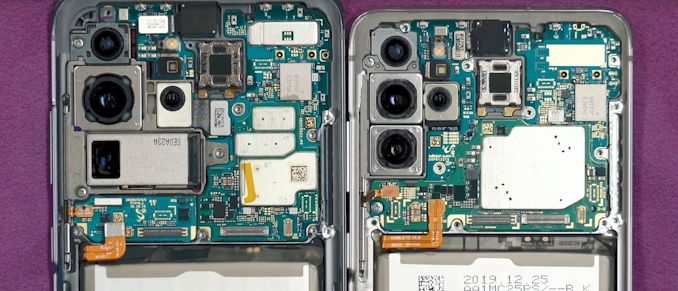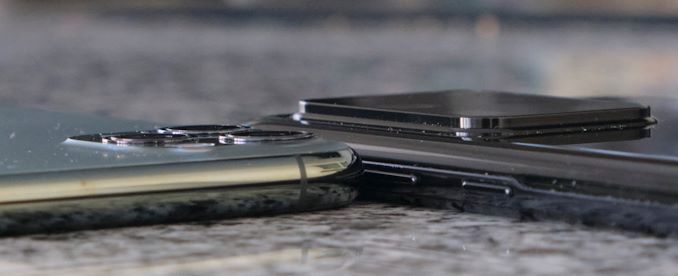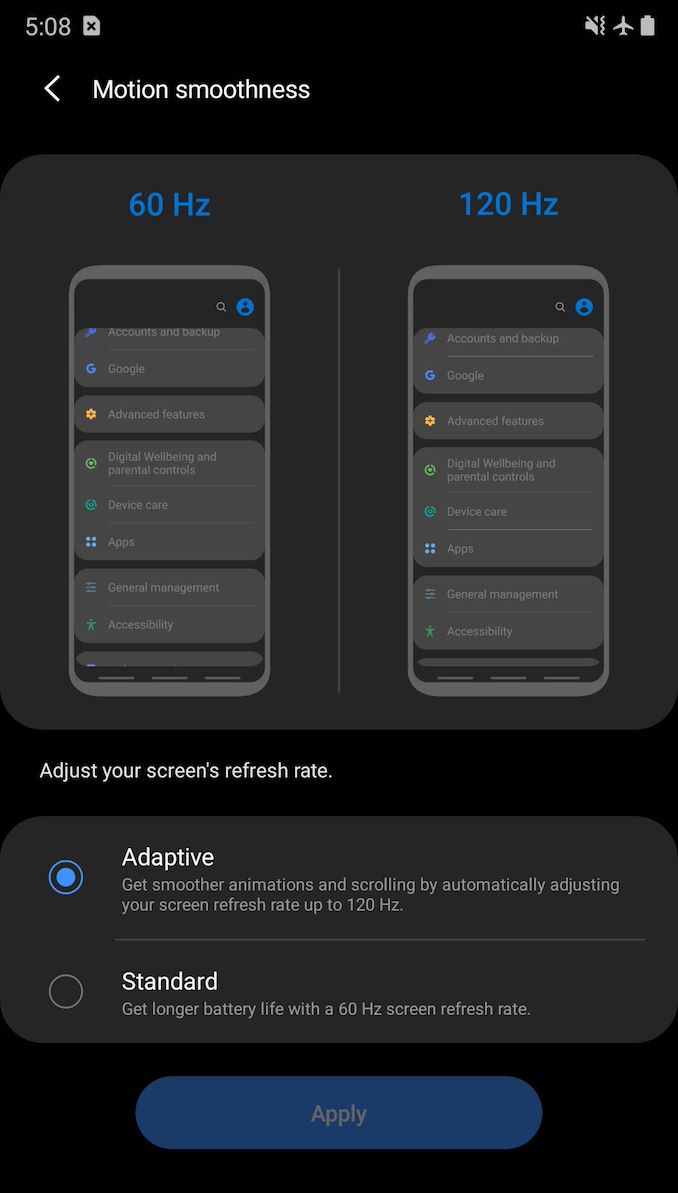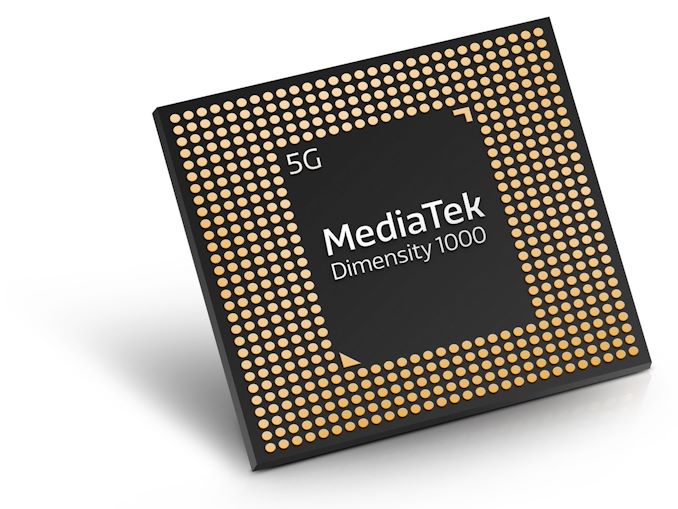AnandTech Yr In Evaluation 2020: Flagship Cell
We’re a few days away from ending the 2020 calendar yr, and it’s been a reasonably a busy yr for everybody. In cases of troubles, the smartphone enterprise had been beneath a two-prong assault from every an monetary stand-point along with the from a product maturity standpoint – trying arduous to innovate with new choices to influence prospects to enhance their earlier period devices. This yr, we’ve seen various new enterprise traits make breakthrough advances by means of experience in smartphones, previous the obvious elephant throughout the room, by which 2020 will in all probability be remembered by: Giant digital digicam sensors, 120Hz reveals, various huge SoC strikes, 5G, and several other different completely different vendor product choices.
Giant Sensors go Mainstream
Although a subjective opinion, what I view as a number of the important developments in 2020 mobile devices has been the widespread adoption of larger digital digicam sensors. Whereas in years earlier, Huawei had been the notable exception to the rule by means of adopting greater digital digicam sensors of their smartphones, this yr, we’ve seen almost everybody make the transition to greater codecs – each 1/1.78” sensors and even the model new humongous 1/1.33” beasts in some flagships.

Galaxy S20 Extraordinarily & Galaxy S20+
Better sensors most of the time signifies that distributors are able to utilize bigger pixels – which in flip ends in larger dynamic range performance and better low delicate captures. This yr we’ve seen many flagships a minimal of undertake a 1/1.78” sensor which is notably greater than earlier period 1/2.3” or 1/2.5” gadgets – resulting in 12MP 1.8µm pitch gadgets like on the model new S20 assortment and one other distributors comparable to Sony.
Totally different distributors have opted to go even bigger – ranging from 1/1.3” to 1/1.4” sensors. Most likely essentially the most notable and talked about has been Samsung’s new 108MP gadgets throughout the S20 Extraordinarily and Note20 Extraordinarily assortment. Although the high-pixel rely sensors deployed on these devices have questionable benefits of their native choice, the pliability to bin 3×3 pixels all the best way right down to an 12MP image means we’re environment friendly delicate gathering capabilities very like that of a 2.4µm pixel pitch sensor, one factor properly previous completely different current sensors on the mobile market.
We’ve seen variations of these massive sensors – Xiaomi moreover makes use of a 108MP native unit nevertheless bins down by 2×2 to a 27MP seize mode usually use-cases, whereas OnePlus had opted for a barely smaller 1/1.4” sensor throughout the OnePlus 8 Skilled with a 48MP native choice, binning all the best way right down to 12MP.
The massive caveat with these huge sensors is their optics methods – many cases the plastic lenses can’t maintain with the choice of the sensors, partly negating a number of of their traits, making lots of the 108MP contenders comparatively gimmicky in real-world conditions.

iPhone 11 Skilled vs Galaxy S20 Extraordinarily
The alternative huge concern with greater sensor sizes is that they require an even bigger z-height of the digital digicam module, which means greater digital digicam bumps. And oh boy, we did get some truly funky making an attempt digital digicam bumps on this yr’s devices, comparable to the massive design issue on the S20 and Observe Ultras.
Related Finding out:
120Hz, An Practically Ought to
One different huge enchancment this yr has been the mainstream adoption of extreme refresh payment present panels. Whereas in 2019 90 or 120Hz reveals have been distinctive or reserved for explicit gaming-oriented telephones, in 2020 it might probably be talked about that it was a checkmark attribute for almost every vendor, mainly eliminating 60Hz from almost all new product releases bar the mid-range or low-end.

Though 120 and 90Hz reveals this yr even have augmented the fluidity and client experience of flagship devices, solely the Note20 Extraordinarily was the one system which was able to undertake this with comparatively few drawbacks, resulting from its new polycrystalline and oxide panel experience. For the rest of the market, 120Hz acquired right here with a relatively greater battery affect, which implies the model new fluidity acquired right here with a instrument longevity compromise.
For 2021, I see further distributors undertake the model new 120Hz attribute in a further optimised technique that improves upon the battery consumption, maturing the experience to some extent the place it turns right into a no brainer to have it enabled by default.
Related Finding out:
Exynos Core Demise (& Revival?)
Persevering with with our takes on key {{hardware}} component modifications in 2020, one huge switch has been Samsung’s abandonment of their personalized CPU cores of their Exynos chipsets. Struggling with vitality effectivity and effectivity competitiveness for various years now, Samsung LSI lastly decrease the wire on their personalized CPU core design problem and workers, opting to in its place completely depend upon Arm’s future Cortex CPU IP for next-generation Exynos SoCs.
We had been masking Samsung’s cores intimately for various years now, and it’s unfortunate to say that the problem’s cancellation might be going the best-case state of affairs for future Exynos SoCs, dropping one among many chip’s most harmful factors – and in flip probably finish in significantly larger designs in 2021, hopefully eliminating various the effectivity and vitality effectivity variations between Snapdragon and Exynos Galaxy telephones.
Related Finding out:
MediaTek Dimensity Resurgence

2020 marked MediaTek’s re-entry into the high-end SoC market, introducing the model new Dimensity 1000 SoC. Although the model new design was off to an particularly gradual start with just a few design wins throughout the first half of the yr, the company’s efforts throughout the mid-range Dimensity assortment has ends in a substantial quantity of design wins, and in accordance with Counterpoint Evaluation, allowed the company to really place itself as a result of the #1 SoC distributors in Q3 2020, taking market share from the likes of Qualcomm.
We had reviewed the Dimensity 1000 throughout the OPPO Reno3 5G and positioned it to be a beautiful SoC by means of effectivity and effectivity – what’s truly lacking though is a further prestigious high-volume design win that has further visibility. Hopefully MediaTek manages to achieve such a design in 2021.
Related Finding out:
5G for Most
Whereas 5G has been a premium “the model new issue” attribute in some 2019 devices, it might be talked about that it’s truly in 2020 the place the model new cell communication customary has truly been adopted as a mainstream experience in new smartphone merchandise. Practically every new Android flagship system has had 5G as a selling stage in 2020, and with Apple’s launch of 5G-only iPhone 12 assortment, we are going to nearly say we’ve made a turning stage between 4G and 5G.
Although cell networks in plenty of worldwide places are nonetheless in deployment and it’ll most definitely be a few years sooner than 5G turns into ubiquitous for everybody, looking for a 4G system presently is no longer the simplest long-term funding till you’re truly low-end devices. 5G moreover has trickled all the best way right down to the premium and mid-range because of the likes of SoCs such as a result of the Snapdragon 765 – with 2021 projected as being the yr the place we’ll moreover see the $250 system market moreover undertake 5G connectivity.






